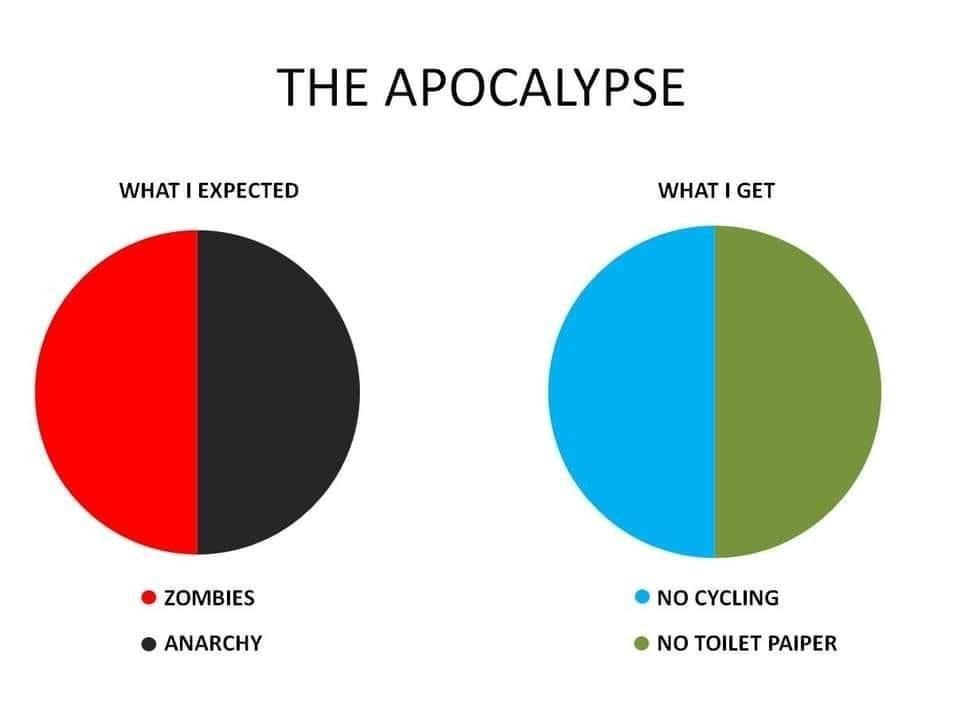Here’s a little puzzle that has been entertaining all kinds of people I know during lockdown!
It’s harder than it looks:
Answer in the comments?
And if you know where this came from, please let me know as I’d like to find more of them!


I resumed my progress with Microsoft Flow after a pointless side quest attempting to change my favicon in SharePoint. I had very little success there, though I learned a lot, but with this, thankfully, I am having better luck.
To get started, I watched some of a video course on LinkedIn Learning: Microsoft Power Automate: Beyond the Basics, with Gini von Courter. I’ve watched enough of these now that I find Gini quite calming and pleasant to listen to: it’s a no nonsense way to get back in the frame of mind for the Microsoft universe (which is like the Marvel universe, but kind of solid, unmoving and heavy).
As it turned out, this course was ideal for me, because I’d already set up a Teams group for my current project and Gini started off with adding Microsoft Flow to Teams. Being quite new to Microsoft Teams, I hadn’t thought of doing that before, but it does make a lot of sense and offers some useful opportunities worth practising.

Photo: This is definitely how organised my family life is.
How’s everyone finding it, working from home through the apocalypse?

Also a million browser tabs
One challenge I didn’t expect was a virtual avalanche of constantly updating incoming information. There has been so much to take into account in this transition from normal everyday life to a combination of lockdown, home education and simultaneous working from home.
Soon I had an impossibly unmanageable number of browser tabs open and it couldn’t go on. So here they are: a collection of useful links that I am listing here to clear the decks in my browsers.

PowerPoints don’t help you map patterns or link things together or create your own thoughts in a three dimensional manner. The student finds she needs to make mind maps by herself.
In the surrounding culture, people are creatively remixing and reusing things. We should allow people to be creative, playful and innovative, not categorize everyone neatly.
Students have been designing their own learning paths and collecting badges and portfolios of learning.
People can engage with something and also be inputting into a two way process. The should have the opportunity to fail and take risks.
We will be shifting to learning materials being more routinely digital and electronic.
Creative learning opportunities exist with fun alternative ways of learning online, eg with games.
Creativity is critical to establishing teacher presence and student agency, but it puts pressure on existing structures, such as assessments.
Questions:
I like this answer from one of my coursemates. I thought it was a very interesting idea, using videos to literally see another person’s point of view:
A few years ago I worked on a teacher training and development program in South Africa. Learning how to teach really benefits from observing and reflecting on other teachers’ lessons, and doing that, in turn, requires some presence in the classroom.We were struggling to replicate the experience of being ‘in the classroom’ for online learners – many of whom were novice teachers. We recorded a few lessons that had cameras recording teachers in the classroom, but then also attached a go-pro camera to the teacher who was demonstrating the lesson, and had her point-of-view captured as well. This enabled us to capture the same experience from different points of view. We interspersed the videos with interactive moments that required the observer to reflect on specific events that were happening, to hypothesize why the teacher and said or done some thing, or even to make suggestions for alternative approaches. This approach, which for us was a creative response to the inadequacies of our earlier efforts, received very positive feedback from the online learners as it situated them in the teaching context.
Colin_Chandler posted:
The potential for 3D exploration of the brain in virtual reality allows a student to explore an invisible, complex and very difficult to orientate set of structures connections and potential functions and pathological consequences. Experiential reflection: bringing the students clinical experience into a simulated and controlled environment to experiment and explore consequences of actions in a safe way.
DianeMAnderson replied:
This is a good point. In the real world when teaching young people as a STEM ambassador I enjoy thinking up creative ways to teach the youngsters – many hours of fun doing that! Now in the virtual world of teaching online I am concerned that my skill set is lacking in being able to create virtual environments. In an earlier post I can see that this is where working as a team with the skilled learning technologists to help them to understand what we SMEs need to create an online environment where students can be exposed to virtual reality.
Creativity can be expressed very different on each individual discipline, and task that are creative and useful in one discipline can be irrelevant to another.
In mathematics in particular students to master some skills in core areas and understand formal mathematical language and notation. They need to solve maths problems to be able to achieve mastery of the subject. Creativity for me is to have an online course that looks like an interactive book, interleaving textbook-style exposition with videos of worked examples, interactive applets, and practice questions.
Use ideas from educational research and incorporate them in the course. One of them is the “worked example effect” which suggests that learners benefit more from studying worked examples than from unguided problem solving. Starting from this, the idea of a “faded worked example” is to present a sequence of problems with varying amounts of the solution already worked out. For example we may start with a worked example, followed by an almost-complete worked example with the last step missing, then conclude with an unguided problem; this pattern of fading the worked-out steps from the end has been found to be most favourable for learning.
After a review of some of our online courses during the summer we began to question if we were using technology for technologies sake? We went back to the drawing board to fully understand what we wanted the students to achieve. In terms of creative teaching on our courses we use video to show real life experiences or to learn about particular scenarios, we create ‘dummy’ sharepoint sites and websites that the students can use to gain experience in the platform they will be using in the workplace. We have recently started creating interactive materials in Articulate 360 to guide students through using software. Whilst being creative we also very aware that some students may have additional needs so providing different formats of the materials is essential. (Providing subtitles for videos etc) In regards to Garrisons model something that springs to mind that is missing (but could possibly fall into facilitation) is the support from the teacher and networks?
I agree about the use of videos in this course: it puts the concepts into context,
What might be considered creative teaching online?
The use of videos – I really like the interviews with staff and students on this course. I’ve found them personable, knowledge informing and thought provoking. In the course I will be working on we could use videos with clinicians to share their experience and with patients to encourage PPI/PPE.
Simulated clinical situations could also be creative. There is good evidence that this works well, is cost effective and gives students wider access to clinical skills training (which can be difficult to access face to face).
What is missing from Garrison’s model? 1:1 personal contact with the teacher. Making this available for students who may require additional support would establish a teacher presence online.

The purpose of teacher presence is to produce personally meaningful and educationally worthwhile outcomes. Teacher presence has three parts: design, facilitation and direct instruction (Garrison 2007). It is highly significant for student satisfaction, perceived learning, and sense of community. Students need to know who their teacher is.

In this case study, we reviewed some dialogue between students on WhatsApp negotiating a new assignment, with the following questions in mind:

Transactional distance describes the psychological and communicational distance that may arise in any instructional context. It is determined by the degree of interaction amongst learners, teachers, their institutions, and their environments.
According to the Manifesto for Teaching Online, distance is not only geographical, but also psychological, temporal, spatial, communicational, emotional, political, and social. All of these interact in online education and profoundly impact on the students’ engagement with courses and programmes, and so it is important to consider it in our teaching and learning design.
In general, as transactional distance increases, student experience, satisfaction, course engagement and completion, and educational outcomes are all reduced.

There will be more and more online education.
Online education is a great equalizer.
With artificial intelligence and you can access online resources, would you still need to go to university?
Online education is more accessible to students in rural areas who have less options.
We should be looking at how to get our degree courses available as online learning.

We were given three case studies of students who were disengaging from an online course for different reasons, and asked for suggestions about how to respond.
 Fortune cookie image: Chow-fun philosophy., via Footnotes on epicycles.. Licence: CC-BY-3.0 |
These were the three disengaging students:
Personally, I feel like I have been both A and C! |

Teachers who are moving from on-campus to online teaching will have a lot of questions. Here are some examples:
Powered by WordPress & Theme by Anders Norén